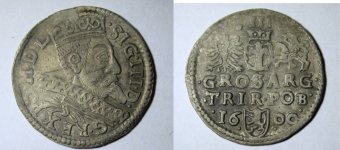ncclaymaker
Sr. Member
- Aug 26, 2011
- 370
- 315
- Detector(s) used
- Minelab 1000, A Motorized Power Glider Trike, 17 foot travel trailer behind my Jeep. 4" suction dredge/high banker.
- Primary Interest:
- Prospecting
Usually, but not always, mineralization and hot/cold springs are related to precious metal deposits. This might be a starting point of which areas to prospect with better probabilities. If nothing else, it may show us where to cool off or warm up in the desert. Using Google Earth, I noted that a significant number of gold, silver, copper deposits had associated hot spring(s) nearby. Here's the link below to the Thermal Springs in the U.S. by NOAA. We pay for it, use it if you can!
https://experience.arcgis.com/experience/b4e8785f0f75464b9e08547ccf0b18d7
https://experience.arcgis.com/experience/b4e8785f0f75464b9e08547ccf0b18d7
Amazon Forum Fav 👍
Upvote
1





